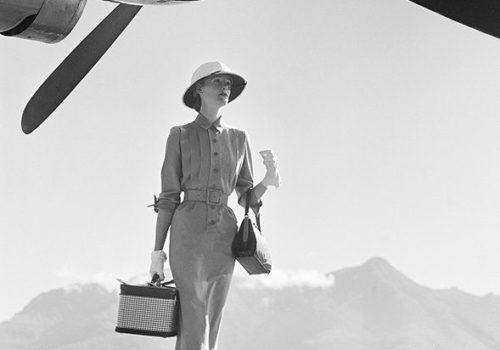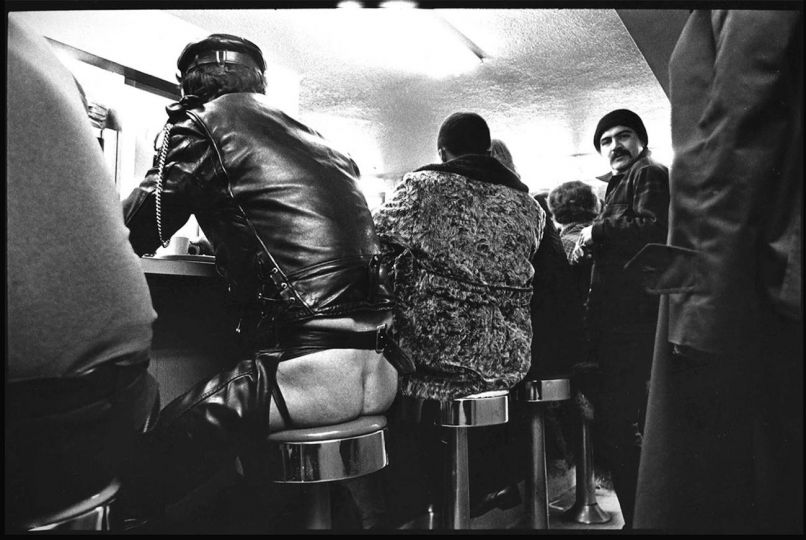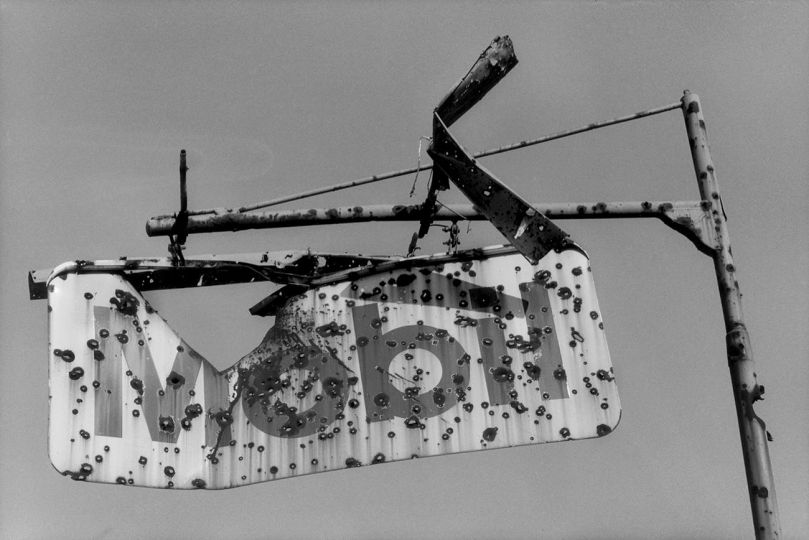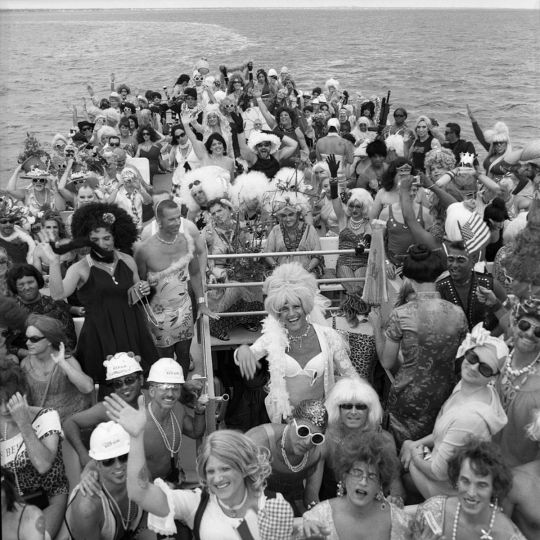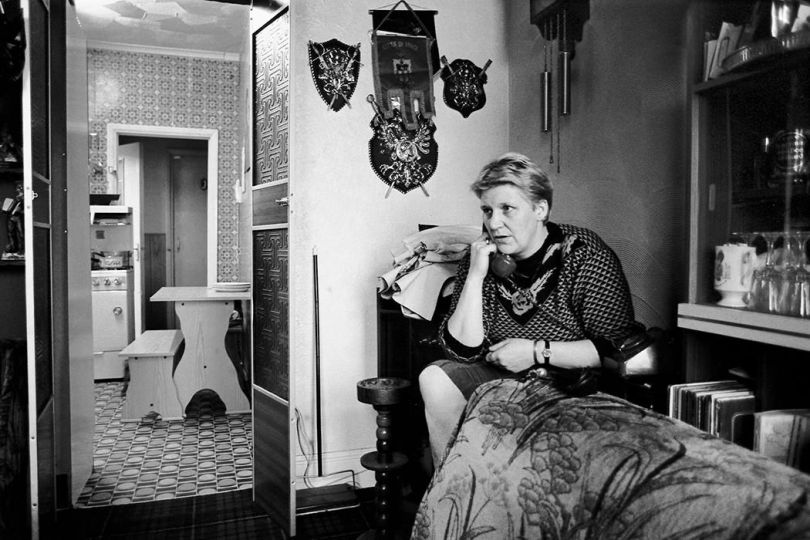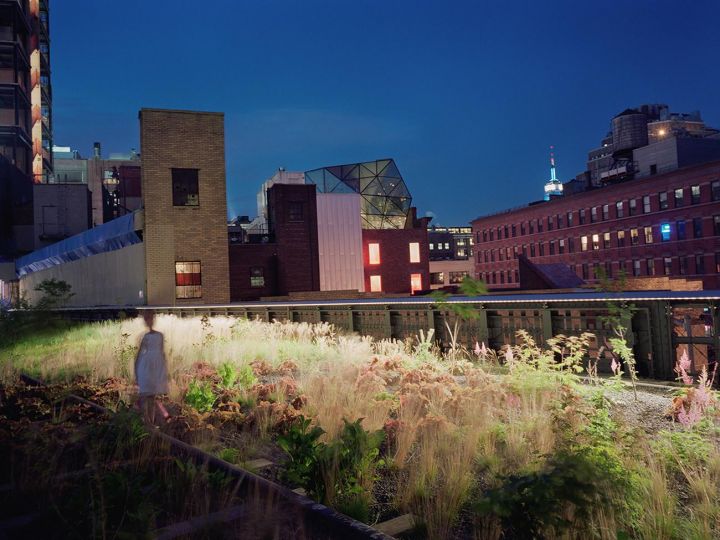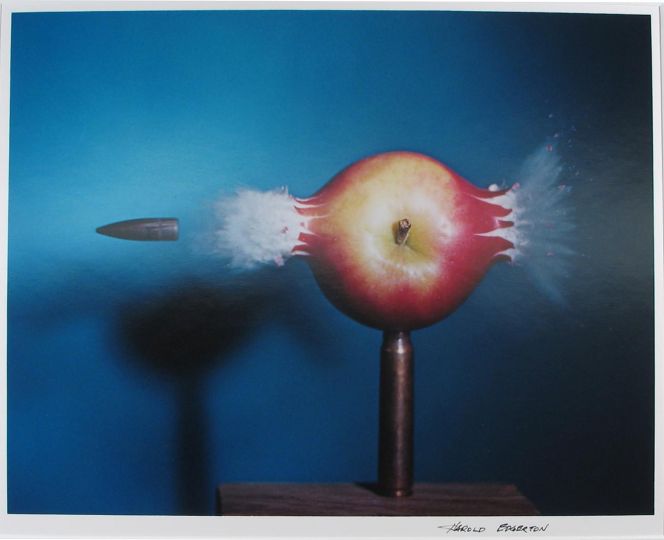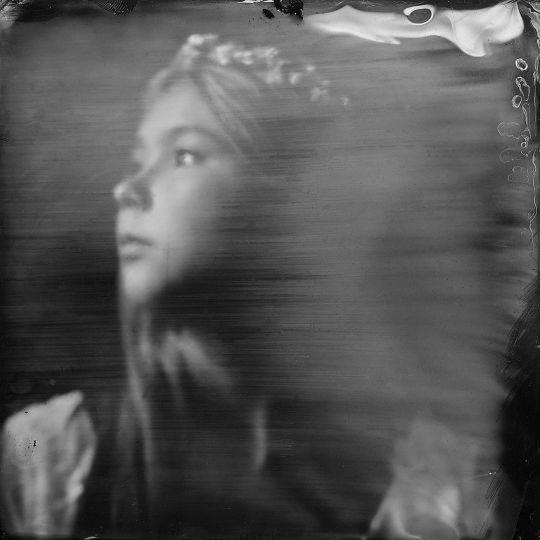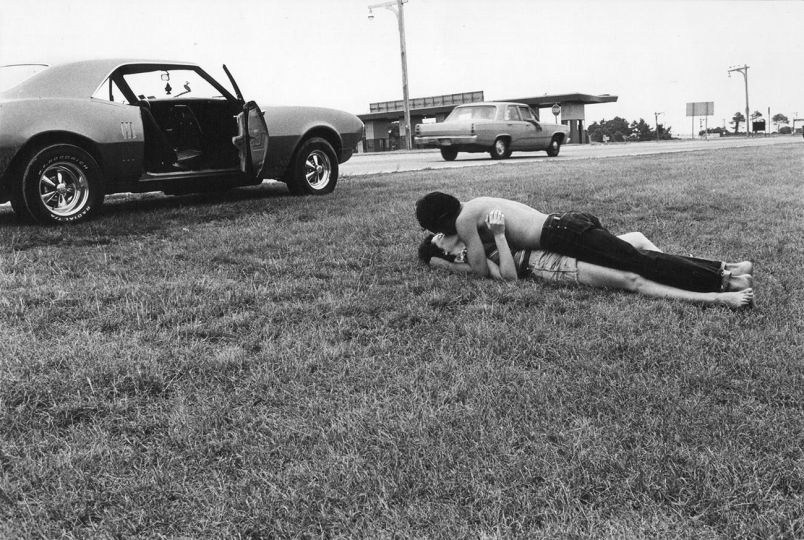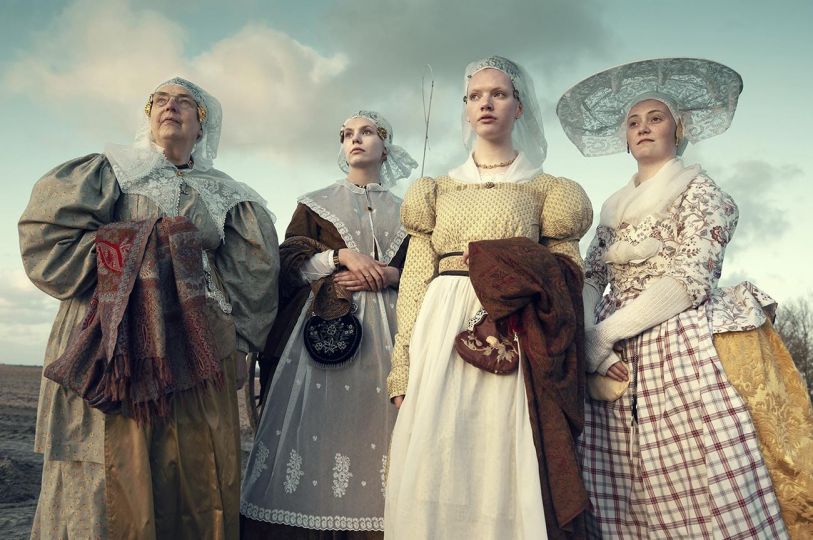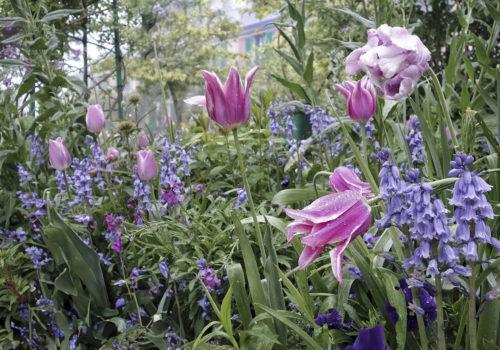Holden Luntz Gallery presents their Series Photo Spotlight with The Photographer and His Muse : Around the World with Wenda and Norman Parkinson.
A BREATH OF FRESH AIR
Norman Parkinson greatly influenced the world of fashion photography with his inventiveness, charm and eccentricity. Renowned for taking his subjects out of the studio and into the world, Parkinson’s easy and casually elegant style was a breath of fresh air at the time, and it has left a mark on fashion-based photography.
FROM APPRENTICE TO VOGUE PHOTOGRAPHER
He was born Ronald William Parkinson Smith in 1913 in London and began a career in 1931 as an apprentice to the Bond Street court photographer, Richard Speaight. In 1934, he and fellow photographer, Norman Kibblewhite, set up the Norman Parkinson Studio at 1 Dover Street, specializing in portraiture. The studio name was a combination of the two of their names, however, Kibblewhite left after a short while and thus, Ronald Smith became Norman Parkinson. Following his success, Parkinson embarked on a long association with Vogue in 1942, becoming one of the magazine’s star photographers. As the quintessential British photographer during the 1960s, he was given the honor of shooting the British Royal Family’s official portraits and was elected Honorary Fellow of the Royal Photographic Society.
BEYOND THE STUDIO AND INTO THE WORLD
Norman Parkinson was heavily influenced by Hungarian sports photographer Martin Munkacsi, whose free-spirited style captured the speed and movement of the 1930s. In his quest for a similar kind of dynamism in his photographs, Parkinson took this idea a step further and left the formal studio environment behind. With his models, he ventured into the real world, to the city streets and exotic locations that brought an unparalleled sense of vibrancy to the world of fashion photography and image-making. He famously said;
“I like there to be a joke in practically ever photo I take. Nobody has the right to make a photograph boring.”
REDEFINING AND REINVENTING FASHION PHOTOGRAPHY
He redefined the realm of fashion photography with his unexpected, unique, and glamorous approach. Constantly pushing creative boundaries, he positioned his models against unconventional backdrops and environments, weaving narratives that transcended mere clothing advertisement. Preferring natural light, Parkinson’s images exude spontaneity, altering the audience’s perception of fashion through his captivating stories. Across his illustrious seven-decade career, his ability to “reinvent his photographic style according to the necessities of the day” was admired by his contemporary, Cecil Beaton.
WENDA ROGERSON: A FIXTURE IN THE WORLD OF FASHION
Norman Parkinson found his greatest muse in Wenda Parkinson, formerly Wenda Rogerson, whom he first encountered while she was modeling at the Arts Theatre Club. Alerted to her beauty and photogenic allure by Cecil Beaton, Parkinson swiftly integrated her into Vogue’s pages. Together, they crafted some of their most unforgettable photographs, solidifying Wenda’s place as a fixture in the world of fashion.
A GLOBAL ODYSSEY
Embarking on their inaugural long-distance assignment to South Africa, Norman and Wenda Parkinson began a journey that would span the globe, venturing to exotic locales like Jamaica, Seychelles, Ethiopia, the Bahamas, and India. Vogue entrusted them with capturing the essence of these distant lands, confident that they would return with extraordinary images. At a time when air travel was still a novelty, Vogue and Harper’s Bazaar sought to portray the grace and sophistication of traversing the world. Alongside modeling, Wenda contributed dispatches from their travels, adding depth to Norman’s visual narratives in the magazine.
WENDA PARKINSON: THE LIBERATOR
Norman Parkinson’s numerous photographs of Wenda capture a dreamy, timeless elegance and fantasy, presenting the audience with an enduring vision of beauty. Describing her allure, Parkinson remarked, “A quiet beauty. Wenda’s beauty was frozen, permanent, it does not age…”
Whether posing next to a Zulu hut or riding an ostrich, Norman Parkinson was able to capture Wenda both gracefully and with a sense of adventure. Quentin Crewe, a writer and friend to Wenda Parkinson said;
“Once she was a model, if you could call her that, because in reality, she was so much more. A photographic inspiration would describe it better. The photographers looked at her, and she freed them from the stilted conventions of their art. A new style of photographing fashion was born, more natural, more alive, more sensual – Wenda was the liberator.”
TOBAGO
In 1963 Wenda and Norman Parkinson relocated to Tobago. From where Norman Parkinson continued to photograph his wife and made frequent trips for the American, Italian, French and British editions of Vogue as well as other select assignments.
A MASTER STORYTELLER
Norman Parkinson, affectionately known as ‘Parks’ among his close circle, is celebrated as a master storyteller within the realms of twentieth-century fashion photography. His works brim with fantasies, magic, vibrant colors, and an irresistible urge for escapism, infusing the pages of fashion magazines with a dynamic energy. In a deliberate departure from the traditional stiffness of studio photography, Parkinson injected a sense of spontaneity and vivacity into his images, forever altering the landscape of fashion photography.
THE MAESTRO BEHIND THE LENS
In the introduction of Robin Muir’s monograph, Norman Parkinson: Portraits in Fashion, model Iman beautifully comments on the essence of his photography;
“Capturing life – energy, mood and spirit – is a talent reserved for the world’s most gifted photographers. No matter how beautiful a person may be, their photograph won’t shine unless the maestro behind the lens communicates with them, teases them, emotes with them. Photography is a collaborative process – like a dance – and Norman Parkinson was like Fred Astaire.”
ARTISTIC LEGACY
In the twilight of his career, Norman Parkinson received the prestigious CBE honor from Her Majesty Queen Elizabeth II in 1981, a testament to his immense contribution to the world of photography. His artistic legacy was further cemented with a comprehensive retrospective at the National Portrait Gallery. Today, Parkinson’s photographs remain a cornerstone of inspiration for countless photographers, standing as timeless examples of captivating fashion and portrait imagery from the twentieth century.
Holden Luntz Gallery
332 Worth Ave.
Palm Beach, FL 33480
www.holdenluntz.com

